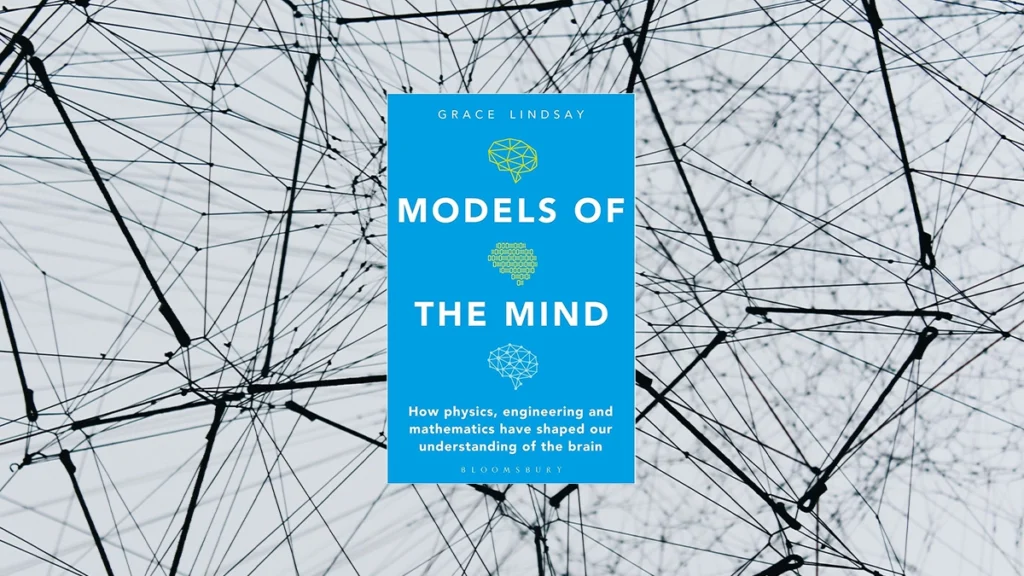Theories of the brain
Makliya Mamat | 2024

There is a certain elegance in trying to understand something as complex as the human brain with the rigor of mathematics. In neuroscience, we face a fundamental challenge: the brain is intricate beyond our imagination, yet it must be explained through clear, universal principles. How do we reconcile this? Models of the Mind by Grace Lindsay, is a book that offers a glimpse into how theory and mathematical models can become powerful tools for understanding the most mysterious organ in the body.
Take, for example, the discussion on neural oscillations—how waves of activity ripple across the brain. In physics, oscillations are neat and orderly: pendulums swinging, waves in a pond. But in the brain, these waves don’t follow perfect patterns. They are influenced by noise, randomness, and the many interactions happening at every level of our neural architecture. However, even this chaos can be mathematically described and understood, pushing us to think more deeply about the very nature of order and disorder in complex systems. For those interested in this topic, I would also recommend Chaos by James Gleick, which explores similar ideas.
Personally, I often find myself balancing on the tightrope between qualitative observation and quantitative analysis. I’ve learned that brain networks, with all their connections and interactions, resemble a vast map where every path is interconnected, though not always easily navigable. Yet, this map needs the precision of mathematics to truly make sense. While studying cortical changes in neurodevelopmental disorders to explore brain function, I’ve come to appreciate how essential theory is in bridging the gap between the brain’s architecture and its behaviors.
Lindsay touches on this tension beautifully, especially in her final chapter, which I particularly enjoyed, where she explores the pursuit of grand unified theories in neuroscience. Are such theories even possible? Can the brain, with all its complexity, ever be distilled into a single, simple model? Probably not. But maybe that’s what makes it more interesting: mathematics provides us with a framework to build toward deeper understanding, step by step.
The book doesn’t promise easy answers, but it does promise insights. It reminds us that the brain isn’t just a biological puzzle to be solved, but an evolving story—one that grows more fascinating with every discovery.
Whether you’re a student of the brain, a neuroscientist, or simply someone curious about how thought emerges from biology, I highly recommend Models of the Mind.

